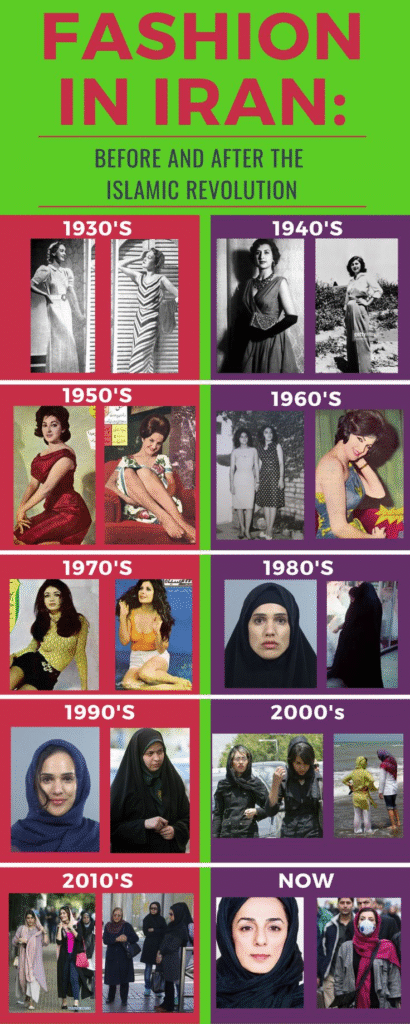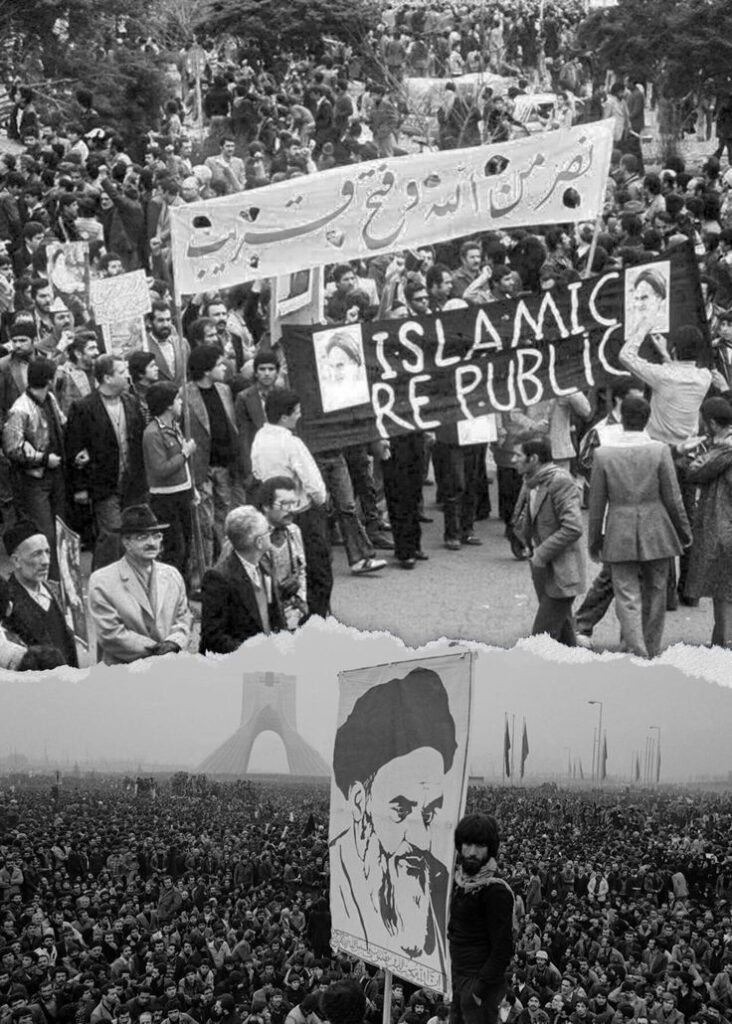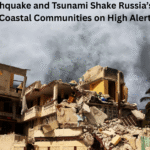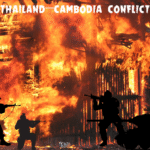The Islamic Revolution – The Day Iran Changed Forever
What Was the Islamic Revolution?
Let’s rewind to 1979. Iran looked very different from what it is today. At that time, it was ruled by a king, known as the Shah of Iran – Mohammad Reza Pahlavi. The Shah was rich, modern, and backed by powerful countries like the United States. But he had also become unpopular among his people.
People were angry – not just because of poverty and corruption, but because they felt that Western culture was slowly killing Islamic values. And that’s when the Islamic Revolution began – a powerful movement led by Ayatollah Ruhollah Khomeini.
He wanted Iran to be ruled by Islamic laws, not by a king who followed the West. In February 1979, the people succeeded. The Shah was forced to flee, and Iran officially became an Islamic Republic.
Religion Took Over the Government
Once the revolution succeeded, Ayatollah Khomeini became Iran’s Supreme Leader, the most powerful person in the country.
- Iran’s new constitution was based on Sharia law (Islamic law).
- Clerics (religious leaders) started controlling everything—law, politics, military, even education.
- The whole system became a theocracy—which means the rule of religion over the country.
This was not just a political change, it was a complete cultural shift The aftermath still follows.
Big Changes for Daily Life – Especially Women

Life changed for everyday people, especially for women. The government introduced strict Islamic rules for how people should dress, behave, and even think.
- Hijab (headscarf) became mandatory for women in public.
- Moral police began checking how women dressed and acted.
- Western clothes, music, movies were banned or censored.
- Schools and colleges were Islamized, and Islamic teachings were made compulsory.
This sudden change created lots of debates—and still sparks protests and resistance today, especially among Iran’s young generation.
The West Became the Enemy
One of the biggest results of the revolution was a huge hatred for the West, especially America.
Why? Because most Iranians believed the U.S. had supported the Shah’s dictatorship and ignored their suffering.
The biggest example? The 1979 U.S. Embassy hostage crisis:
- Iranian students stormed the U.S. Embassy in Tehran.
- They took 52 American diplomats hostage for 444 days.
- This was Iran’s way of saying, “Stay out of our business!”
This moment shocked the world and destroyed U.S.-Iran relations—which are still bitter today.
Iran’s New Foreign Policy: Friends & Enemies

After the revolution, Iran took a totally different path on the global stage.
- It stopped listening to the West and built ties with countries like Syria, Venezuela, Russia, and China.
- Iran started supporting Islamic groups like Hezbollah in Lebanon and Hamas in Palestine.
- It also fought indirectly with countries like Israel and Saudi Arabia, creating a power struggle in the Middle East.
Iran became a country that challenged Western control in the region, often by supporting resistance movements.
Economic Hit: War, Sanctions & Sanity
But all these bold moves came at a price.
Soon after the revolution, Iran got involved in a brutal 8-year war with Iraq (1980–88). This war:
- Killed millions,
- Destroyed cities,
- And pushed the economy to the edge.
Later, Iran’s nuclear program and its aggressive politics brought international sanctions—mainly by the U.S. and European countries.
These sanctions:
- Cut off Iran’s access to global banks and trade,
- Made everyday life harder,
- And blocked international investments.
Though Iran tried to partner with countries like China and India, the economic damage was deep. Both has a relation with Iran totally based on trade but how deep its still a question to ask.
Iran Today: A Country Still Divided
Even today, the effects of the revolution are everywhere in Iran.
- The government is still Islamic and conservative.
- Many young Iranians want freedom and better opportunities.
- Protests happen every year—especially from women and students.
- The West still doesn’t trust Iran, and vice versa.
While some people support the revolution’s ideals, others feel it took away their rights and isolated their country.
Conclusion: A Revolution That Changed More Than One Country
The Islamic Revolution of Iran in 1979 wasn’t just about Iran—it changed the politics of the entire Middle East, and even global power dynamics.
- It showed how religion can take over politics.
- It created a model for Islamic governance—which influenced other Islamist movements.
- It caused decades of diplomatic tension and conflict in the region.
Whether you agree with it or not, the revolution changed the world map. And even today, we can feel its impact in headlines, protests, and policy debates.
& What do you feel if the Islamic Revolution is the reason why Iran is about & fighting war with Israel who is right & wrong here?? Lets Debate
By Dhruv Kaushal | June 18, 2025






